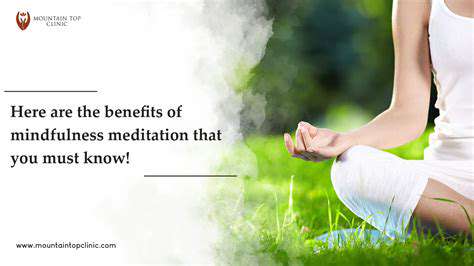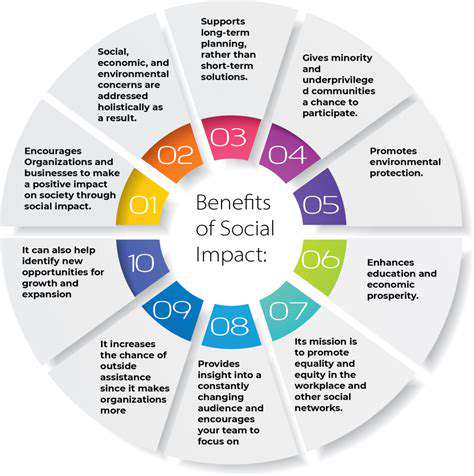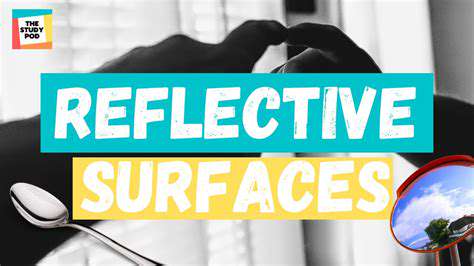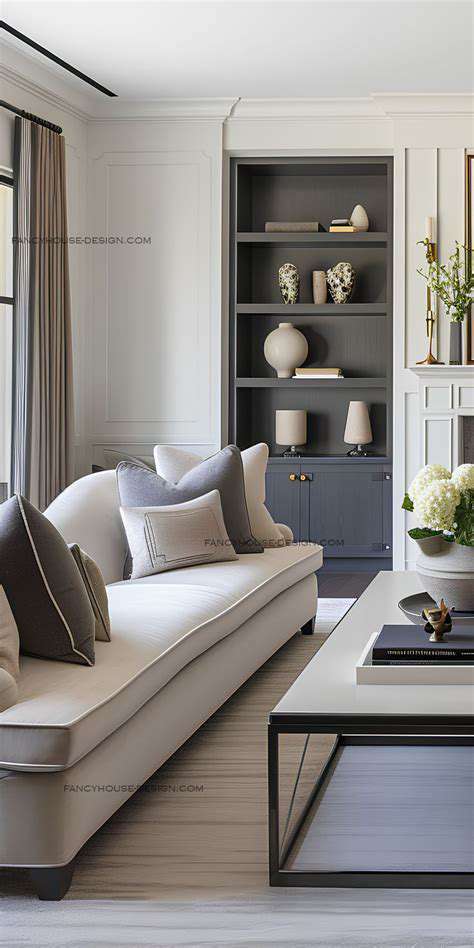Feng Shui dos and don’ts for a peaceful home
Catalog
Natural light improves mood and mental health.
Bright colors reflect light; dark colors absorb it.
Strategic window placement maximizes sunlight exposure.
Open spaces enhance natural light flow.
Indoor plants purify air and add tranquility.
Clean windows increase natural light exposure.
Artificial light fixtures can complement natural light.
Clutter impacts mental well-being; keep spaces clear.
Decluttering reduces stress and enhances peace.
Minimalism promotes order and focus in living spaces.
Establish maintenance habits to prevent clutter buildup.
Natural elements enhance Feng Shui and well-being.
Select plants that thrive in available light.
Water features promote abundance and energy flow.
Embrace seasonal changes to keep energy fresh.
Mirror placement affects energy flow in design.
Avoid mirrors opposite doorways for balance.
Strategic mirror use enhances light and tranquility.
Cozy spaces align with Feng Shui for comfort.
Furniture arrangement fosters connection and flow.
Personal touches enhance comfort and individuality.
Do: Embrace Natural Light
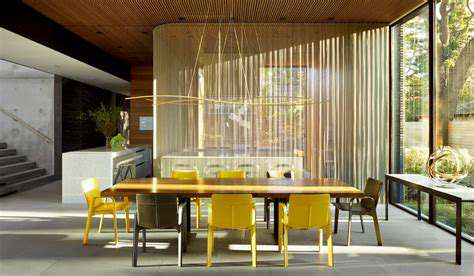
Understanding Natural Light's Impact on Mood
Sunlight does more than brighten rooms - it directly affects how we feel. Our bodies produce more serotonin (the happy hormone) when exposed to natural light. Making the most of sunlight could be your secret weapon against low moods. Think about it: brighter spaces might literally make you happier.
This matters even more for remote workers. Poor lighting can zap your energy within hours. Try moving your desk closer to a window - you might notice better focus and fewer afternoon slumps. Bonus perk: sunlight helps keep your sleep-wake cycle on track for more restful nights.
Choosing the Right Colors to Enhance Light
Wall colors play hide-and-seek with sunlight. Pale shades act like light amplifiers, while dark tones soak up brightness like sponges. Go for creamy whites or soft grays to make rooms feel airy and open.
- Eggshell white bounces light around like a pro
- Navy blue absorbs 80% of incoming light
- Muted greens create calming vibes
Test paint samples at different times of day before committing. That perfect beige might look muddy when shadows fall.
Optimizing Window Placement and Treatment
South-facing windows grab sunlight all day, while west-facing ones catch golden afternoon rays. Bamboo shades or linen curtains filter light beautifully without blocking it completely. Heavy blackout drapes? Save those for bedrooms.
Got a dark hallway? Consider installing sun tunnels. These clever tubes channel daylight from your roof into windowless spaces. They work like natural lightbulbs!
Designing Open Spaces for Light Flow
Knocking down walls isn't always possible, but smart furniture placement helps. Position sofas and bookshelves to create light corridors. Pro tip: place a large mirror across from windows to double your sunlight.
In studio apartments, use glass room dividers instead of solid walls. You'll maintain privacy without sacrificing that sunny vibe.
Adding Plants for Natural Accents
Snake plants and pothos do double duty - they clean your air and look gorgeous in sunny spots. Cluster plants near windows to create living suncatchers. Just avoid blocking light with oversized foliage.
For small spaces, try hanging macramé planters. They add greenery without eating up floor space. Plus, trailing vines create beautiful light patterns as the sun moves.
Maintaining Clean Windows for Maximum Light Exposure
Dirty windows can block up to 30% of sunlight. Make window cleaning part of your seasonal routine. Mix equal parts vinegar and water for streak-free shine. Don't forget to wipe down screens - they collect surprising amounts of dust.
Using Light Fixtures to Complement Natural Light
When sunlight fades, choose bulbs that mimic daylight (5000K color temperature). Layer lighting with floor lamps, sconces, and table lights. Dimmable options let you adjust brightness as natural light changes.
Don’t: Clutter Your Space
The Importance of a Clear Space
Clutter acts like visual noise - it constantly demands your attention without giving anything back. Feng Shui teaches that blocked energy flow leads to stuck feelings in life. A tidy room literally helps you breathe easier.
Neuroscience backs this up: cluttered environments make your brain work harder to process information. This mental tax can leave you feeling exhausted even when you're not physically active.
Effective Decluttering Strategies
The four-box method works because it forces quick decisions. When sorting, ask: Have I used this in the last year? and Does this make me smile? Be ruthless with duplicates - nobody needs three cheese graters.
Try the 10-minute tidy daily. Set a timer and speed-clean one area. You'll be amazed how much gets done without feeling overwhelmed.
Emphasizing Minimalism
Minimalism isn't about empty spaces - it's about intentional choices. Choose furniture that earns its keep, like ottomans with hidden storage. Display only your favorite items and rotate seasonal decor.
Use vertical space wisely: floating shelves keep surfaces clear while showing off special objects. Closed storage (like cabinets with doors) hides visual clutter effectively.
Regular Maintenance and Mindful Habits
Make one in, one out your new mantra. Bought a new sweater? Donate an old one. This prevents silent clutter creep. Every solstice and equinox, do a quick home audit - it's easier to spot unused items when seasons change.
Do: Incorporate Elements of Nature
Understanding the Role of Natural Elements in Feng Shui
The five elements work best when balanced. Too much water element (blue colors, wavy shapes) might make a space feel unstable. Add earthy tones or square shapes to ground it. Energy Flow improves when elements support each other.
Choosing the Right Plants for Your Home
Low-light lovers like ZZ plants thrive in dim corners. For sunny kitchens, try herbs like rosemary - they're practical and fragrant. Rotate plants seasonally: flowering orchids in winter, lush ferns in summer.
Water Features as Feng Shui Enhancers
Tabletop fountains add soothing water sounds without major installation. Just remember to change water weekly to prevent stagnation. Place near entryways to symbolize welcoming wealth energy.
Creating a Balanced Space with Earth Elements
Terracotta pots and stone coasters bring earthy vibes. Cluster crystals on windowsills to catch rainbows when sunlight hits them. For quick earth energy, display a bowl of river rocks.
Don’t: Place Mirrors Opposite Doorways
Understanding the Importance of Placement in Feng Shui
Mirrors act like energy bouncers - they can either welcome or repel good vibes. When hung facing doors, they push away incoming opportunities. Instead, angle mirrors to reflect beautiful views or artwork.
Alternative Mirror Placements for Better Energy Flow
Try these spots:- Beside entryways to expand the space- Above consoles to double flower arrangements- In dark hallways to brighten with reflected light
Do: Create Cozy Spaces
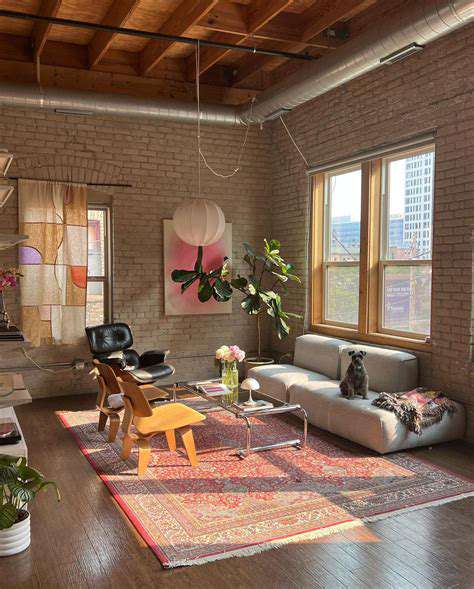
Furniture Arrangement for Optimal Comfort
Create conversation pits by angling chairs toward each other. Use round coffee tables to soften sharp angles. Layer rugs to define areas in open-plan spaces.
Adding Personal Touches and Elements of Comfort
Display handmade items or travel souvenirs for authentic personality. Mix throw pillow textures - velvet, linen, knit - for tactile interest. Always include a me-time corner with your favorite chair and reading lamp.


